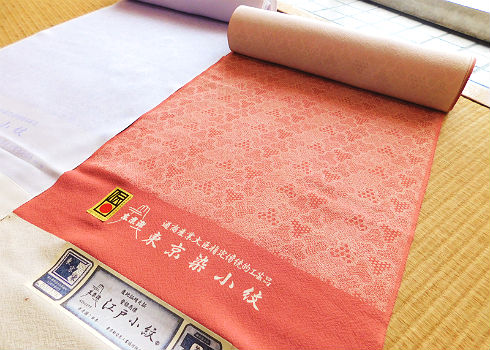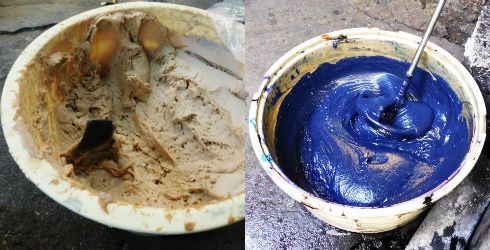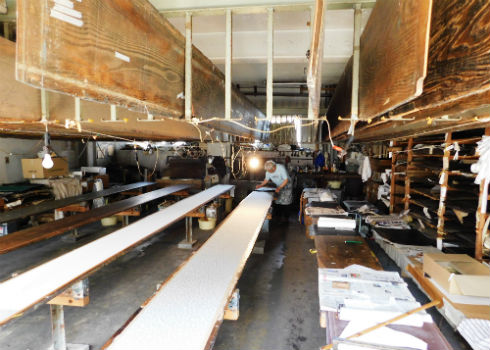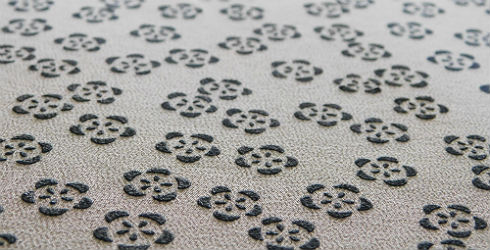About Tokyo Fine-Patterned Dyeing

Outline of Tokyo Fine-Patterned Dyeing
1.About Tokyo Fine-Patterned Dyeing
There are two kinds of Tokyo Fine-Patterned Dyeing.Edo Komon is a simple color dye with a delicate and elegant traditional pattern.Tokyo Fancy Komon is a relatively free creation.
2.Features of Tokyo Fine-Patterned Dyeing
The characteristic of the Tokyo Fine-Patterned Dyeing is that it has the delicacy of the geometric pattern and magnificent elegance.It is based on the patterning of the samurai's kimono and dyes it with a pattern paper that looks like a plain looking from a distance.
3.Edo Komon's secret story
Often luxurious prohibition orders were issued during the Edo period, and luxurious patterns of Edo komon was also subject to crackdown.So they came up with kimono which looks solid in the distance.
As a samurai with a high status wore a kimono with a fine pattern, as a result advanced dyeing technology developed, resulting in a more delicate and precisely designed Edo komon.

Material of Tokyo Fine-Patterned Dyeing
1.Cloth is silk fabric
They use silk fabric for white fabric before dyed.
2.Pattern paper
Sculpture was applied to land paper on which hand - made paper was pasted using persimmon juice.
3.Glue
The original paste is made by mixing a small amount of salt with rice flour and rice bran.Put the dye in a well-kneaded paste and make it with repeated dyeing tests many times.

History of Tokyo Fine-Patterned Dyeing
1.Origin of Komon
Komon is originated in the Muromachi period and is the type of dyeing that was popularized during the Edo period.
2.Development of Komon
In the early Edo period a fine pattern was dyed in the samurai 's kimono, and the Edo komon was developed.With the Edo residence of various famous Daimyo families in the whole country, many samurai classes increased in the town of Edo, the demand for komon became very large, and each Daimyo family decided a specific pattern design and wear it It was.When townspeople prospered from the middle of the Edo era, komon has been dyed into kimonos and coats needed for ordinary people's lives, and the demand has expanded and it has been actively made.
3.Development period since the Meiji era
Demand for men's komon was drastically reduced due to the stem cutting orders and the influence of the Western style which was promulgated at the beginning of the Meiji era, but the demand as a woman's kimono continued to increase, and in the middle of the Meiji period, a flower pattern was drawn in a small print You can wear a visit, etc. It is familiar to women until today.
- Quotation: Tokyo Metropolitan dyeing industry cooperative association -
4.Designated as Japanese traditional crafts
In 1964, the Tokyo Fine-Patterned Dyeing was designated as a traditional craft by the Minister of International Trade and Industry (presently the Minister of Economy, Trade and Industry).
